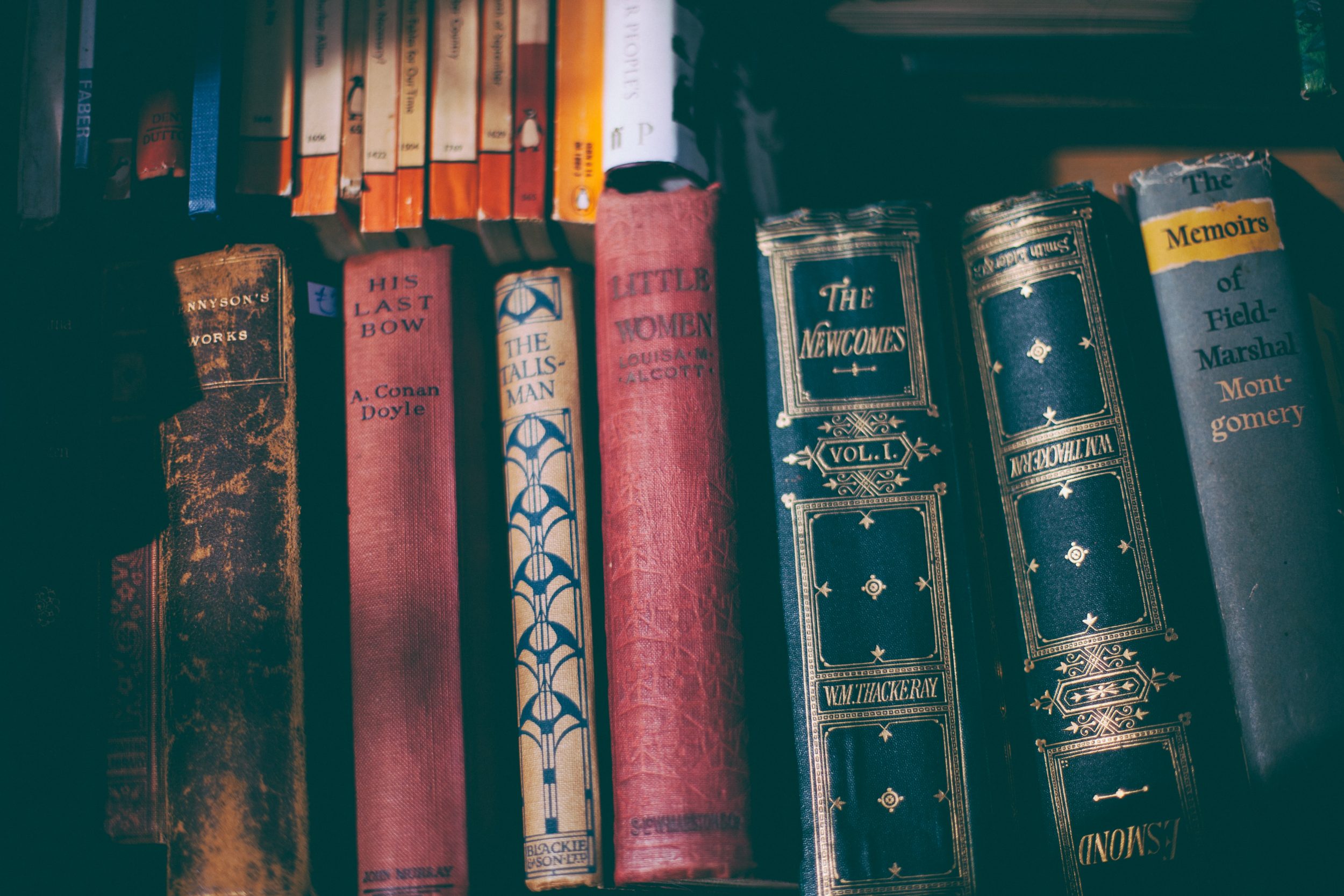I am a librarian in a department that provides library services and programs to a juvenile detention facility and an adult jail in a large Bay Area county. In November 2021, we presented a conversation between the renowned poet, activist, and teacher Luis J. Rodriguez and an incarcerated youth. In this remarkable conversation, Rodriguez spoke about the “poverty of access” — a kind of void of community services, equitable systems, and educational infrastructure, rooted most often in poorer communities and communities of color.
For incarcerated people, this poverty of access manages to both expand and extract — taking away more and more, while emphasizing the void and making it louder and louder. For children and young adults who are incarcerated, the poverty of access deprives them of things that are not yet visible or known: a subtraction of possibilities before they are even possible.
In his collection From Our Land to Our Land: Essays, Journeys, and Imaginings from a Native Xicanx Writer, Rodriguez writes that poverty of access was coined by his wife, the activist and teacher Trini Rodriguez. The concept’s meaning is evocatively defined in an eponymous poem by Jeffery Martin, included in the collection:
“The Poverty of Access” It cheats a long line of tired, withered hands coursing through generation after generation of veins too weary to imagine a kinder existence It cheats brilliant minds it cheats brilliant minds it cheats brilliant minds leaving them suffocating on a frustration they can no longer define It cheats limber bodies that have no idea they were meant to dance dance in the four directions of life meshing with the deities of wind fire earth and water creating light bright and transforming The poverty of access closes books before sentences are complete before action can coincide with thought before the mind body and spirit introduce themselves This poverty is harshest amongst its young for it starves them intellectually long before ravaging their stomachs It says no you can’t and means it it says you are unworthy and means it it says here is where you belong and means it The poverty of access steals souls as well as land murders ambition as well as men and women who ask too many questions it fills prisons and dungeons with corpses breathing yet breathless moving yet motionless eating yet starved It gives prostitution its place then sneers it gives violence its place then sneers it gives homelessness its place then sneers it gives crime its place and then claims prophecy This poverty of access does not tell stories it stunts them with nasty words like cannot will not must not It is a poverty that guarantees an outcome as unfair as it is unwarranted
Sharing Martin’s poem in full allows for the multiple meanings found within poverty of access to unfold here. Indeed, it is a complicated and contradictory notion, for the very poverty it describes is found in abundance: It embodies both an extreme lack and a profound fullness of such. To have less, to be deprived of something, does not mean that one is not aware of everything around them — or cannot see all of the things they do not have.
However, the meaning is altered when transferred to systems of mass incarceration: the visibility of abundance dwindles dramatically, possibilities mostly erased. Opportunities, choices, and dreams glimpsed while out in the world can no longer be seen when living behind bars; things that were not accessible, yet visible, fade into absence and the unknown. The tragic weight of the poverty of access lies in its shifting adaptability — it is less than access and sometimes no access at all.
Like many aspects of our atomized criminal legal system, where each state and locality do things their own way, there is a general dearth of statistical information on the amount of library spaces in jails, prisons, juvenile halls, and detention centers of all kinds. There is no national, legislative expectation around educational opportunities in these carceral settings. This means, in turn, that there is a foundational lack of gathered information around carceral spaces, and there is no universality of educational programs and library services that can be discovered, because that’s simply not a priority of our penal system.
Different localities, counties, states, and types of facilities — jails, prisons, detention centers, security level, youth or adult, etcetera — combine to create a pool of carceral spaces that all do things differently. There is federal and state guidance regarding access to legal information, which often serves as an encouragement for a facility to manage a library space for both legal and recreational materials. But this is not a universal, let alone a uniform, condition. If incarcerated people have a right to read and access information, we’re certainly not doing enough to protect that right.
Some juvenile halls house a library within, some do not. Some jails receive library services from their county library systems, some do not. Some states maintain libraries within their state prisons, but it can be incredibly difficult to locate information as to the form this takes within individual states. Are library services a book cart, a closet, a room all of its own? Are materials donated? Are materials representative of the carceral community-at-large? Are the books found on the cart, closet, or shelves from the 21st century? And how lax or strict are state officials in surveilling the materials incarcerated people read?
Because information around library services in carceral spaces is so diffuse and hard to come by, and prisons and jails are really good at hiding from public view what is done or not done in our names, the resulting absence furthers the greater invisibility of incarcerated people. The unavailability of universal standards allows for individual counties, localities, sheriff’s departments, and states’ corrections systems to maintain carceral facilities according to their respective ideologies, economies, politics, and historical predispositions. “Tough on crime” positions are commensurate with funding emphasizing the punitive over and against the rehabilitative. Library services in carceral facilities are positioned in the latter camp. The notion that books are a luxury is not uncommon here.
This notion returns us to the poverty of access, and the poverty is figurative and literal: a library that does not exist cannot be visited, and books cannot be held that aren’t provided. In Martin’s poem, the poverty of access “says you are unworthy / and means it / it says here is where you belong / and means it … it gives crime its place / and then claims prophecy.”
Carceral facilities are restrictive places by definition, which means access to everything is limited. But in my mind, Rodriguez’s words during his visit continue to haunt, for he described a cycle of poverty that begins long before incarceration. Poverty of access does not just mean no access; it also means less than access. This “less than” communicates an implicit message to those most affected by its poverties. The message becomes more explicit while locked up, where “access” takes on a multitude of meanings and layers. The inability to locate information on systems of access within carceral facilities implicates those of us on the outside as well — and our attempts to understand facilities’ general cultures, methods, services, and any efforts to provide library programs to those inside.
So where do libraries and their staff enter into this cycle? Professional goals centered on information access must consider barriers to access of all kinds, and develop concentration and skills towards building a wealth of access directed towards all members of our communities. And yes, that includes the incarcerated members of our communities. How can this be done as it pertains to them?
We can begin by discovering where carceral facilities are located in our areas, what type of facilities they are, whether there are libraries within these facilities, and what programs and services those reentering society need and want. We can begin by understanding, as Jeanie Austin writes, that the complexities of the penal system call for “a nuanced approach” — and that “it is only by working across professional and disciplinary divides that [library and information science] professionals can begin to successfully grapple with how the control and regulation of information is an inherent aspect of carceral functions.” And we can partner with other librarians and organizations working together to support those on the inside.
Through the California Library Association Leadership Challenge, myself and three other librarians created an initiative called Ready Access: Reentry Services for Decarcerated Populations. The goal of this initiative is to provide a dual-facing toolkit for formerly incarcerated people and their loved ones, as well as for library staff. Maps of libraries and carceral facilities, templates for partnership building and resources pages, programming guides, and additional resources and reading lists are some of the facets developed in the project. By increasing access to library resources and services for all members of our communities, we can strive to replace the poverty with abundance.
Recommended Reading:
- American Prison, by Shane Bauer. An expose of a Louisiana for-profit prison, written by a journalist working briefly as a guard. Bauer tells his story between chapters detailing the history of the prison industrial complex from its 18th-century beginnings onward.
- The New Jim Crow, by Michelle Alexander. A thorough deconstruction of the United States’ criminal justice system as a deeply entrenched system of racial oppression.
- “Prisons Make Us Safer” and 20 Other Myths about Mass Incarceration, by Victoria Law. An explanation and critique of the prevailing untruths that continue to dominate the national conversation around mass incarceration.
- We Do This ‘Til We Free Us: Abolitionist Organizing and Transforming Justice, by Mariame Kaba. A handbook and clarion call towards visionary thinking in the movement to abandon our societal addiction to punishment and create real, lasting freedom.
Image: Clem Onojeghuo/Unsplash

